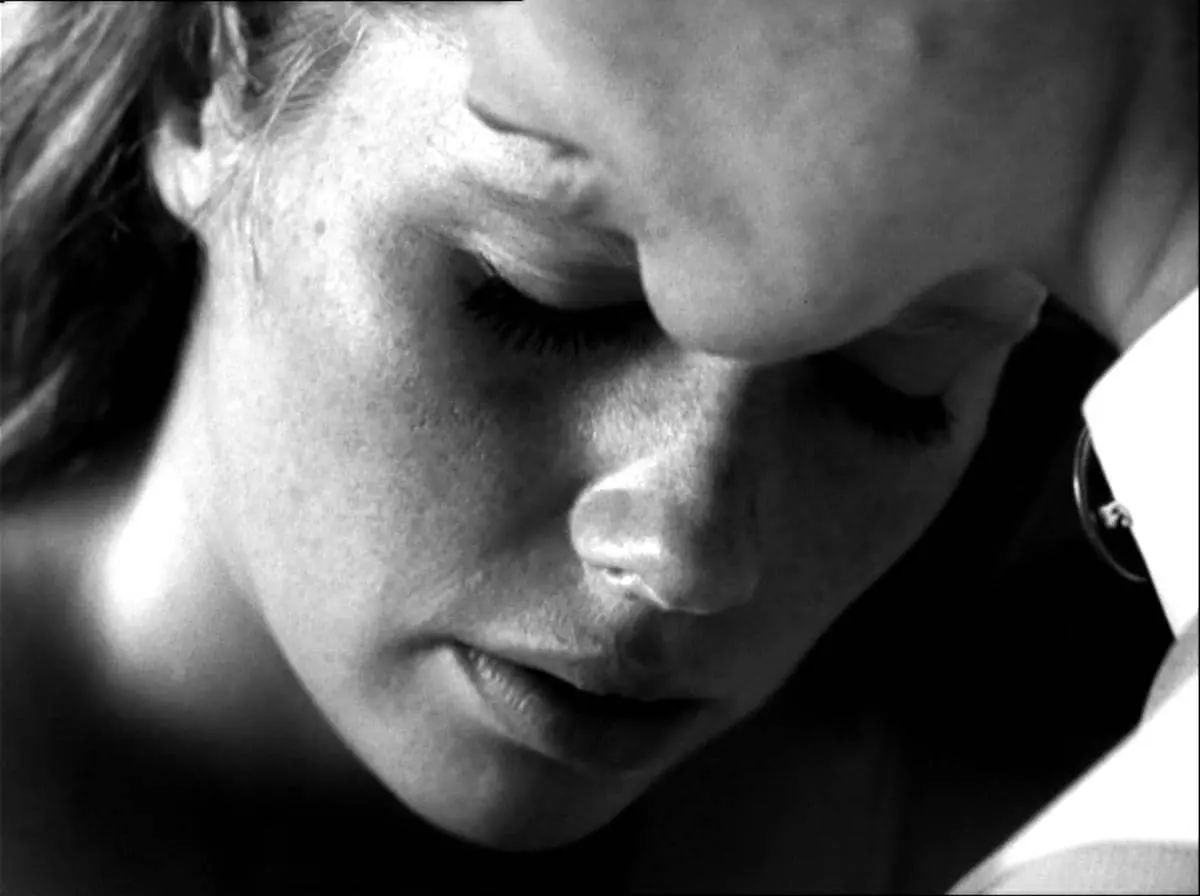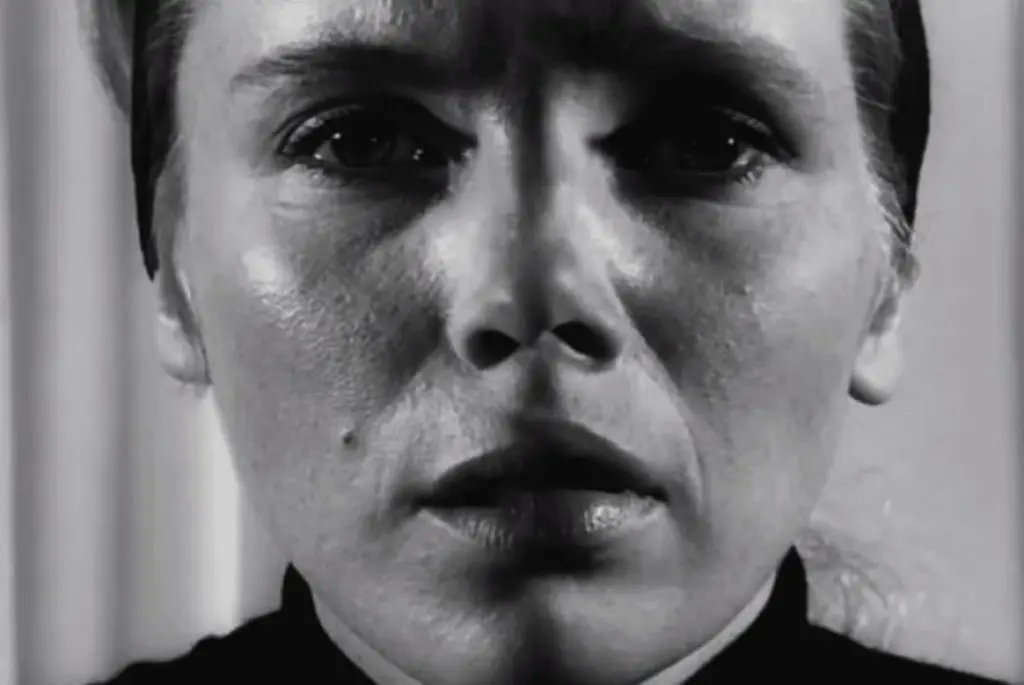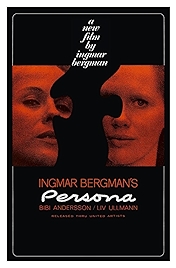Ingmar Bergman beat Mr Spock to the mind meld. Persona, Bergman’s masterwork about one person’s identity merging with another’s, debuted in August 1966. The Vulcan psychic control technique first saw light of cathode ray in November of the same year in the Star Trek episode Dagger of the Mind. We’ve heard plenty from Mr Spock in the intervening decades, increasingly less from the once intensely voguish Bergman. But for anyone wondering where to go to get the full Bergman hit in one short, sharp dose, Persona is that place.
The film follows a famous actress Elisabet (played by Liv Ullmann), suddenly an elective mute, and her nurse Alma (Bibi Andersson) on a journey from a spartan hospital to a stark summer isle, where the disturbed actress is supposed to recuperate. But instead of the sick woman getting better, the well woman goes into decline.
Things start well, if bizarrely (what with one woman not speaking), with Alma chatting away in a relentless, friendly way, chirupping away about this and that to the silent Elisabet.
Met with nothing in return, Alma runs out of chit-chat and turns to her own memories for subject matter. On and on she goes, her prattle becoming a kind of self-psychiatry. Elisabet’s mute kindly smile, meanwhile, is becoming pained. Eventually, the silent woman’s failure to respond drives Alma into blurting out a story about some sexual shenanigans on a beach. Suddenly aware that she has failed to live up to her own ideals, Alma realises that she, too, has been an actor in her own life, loses her grip and seems to become the other woman.
Written down baldly like that, yes, it does all look a bit histrionic, and simplistically literal minded – she’s been an actor in her own life and so becomes the other woman, an actor? Bollocks, you might say.
But no one ever said Persona was subtle. Bergman wrote the film for the simplest of reasons: the two women look very similar. He’d also had an affair with Andersson and now fancied his chances with Ullmann. If I have one, why can’t I have the other?
In what is basically a one-hander, it’s a proper tour de force performance by Andersson, who rages from cool to hot, adult to child, smart to dumb. Ullmann is in essence playing the cold, unresponsive but interrogatory lens of a camera – Bergman makes this absolutley explicit at one point (again, no one ever said Persona was subtle). Though still impressive, the distant Ullmann just doesn’t have that much to do except react (and for those in the “acting is reacting” school, Persona is the counter-argument).
Shot in black and white influenced by Carl Theodor Dreyer’s Saint Joan – you can watch it for Sven Nykvist’s almost infinitely graded cinematography alone – it’s a film full of formal trickery, experimentation, meta-referencing and fourth-wall pushing. And while most of it is justified, that erect penis in the opening credits (subliminally fast) is just one of a few moments that now in retrospect suggest Bergman was chucking loads of stuff at the canvas and seeing what stuck – he was writing the film as he went.
Andersson’s performance to one side, what’s really impressive is the way Bergman takes what is essentially a stage play and cinematises it, through the use of stark lighting, extreme close-ups, geometric framing (Persona is where Abba got the idea for that full-face/profile two-person shot). Bergman’s actors’ changing relationship to the camera is interesting too. In early scenes they almost acknowledge it, looking so nearly into the camera as they speak that the effect is spooky, like being addressed by someone who’s cross-eyed. By the film’s climax, as nurse Alma and actress Elisabet’s personas seem to swap/combine, each woman is staring right down the lens.
This sort of thing does not make for naturalistic acting, you’d have thought. But juxtaposed with Bergman’s rejection of cinematic “realism” – in 1966 the kitchen-sinker was still going strong in the UK, the New Wave still vibrant in France – is a direct acting style that’s one of a good five reasons why the film has endured. Not every classic of the era has fared as well as Persona, an arthouse horror movie (psy-fi?) with the usual mind-swapping phantasmagoria replaced by protestant minimalism and Nordic cool.
Persona – Watch it/buy it at Amazon
I am an Amazon affiliate
© Steve Morrissey 2020


